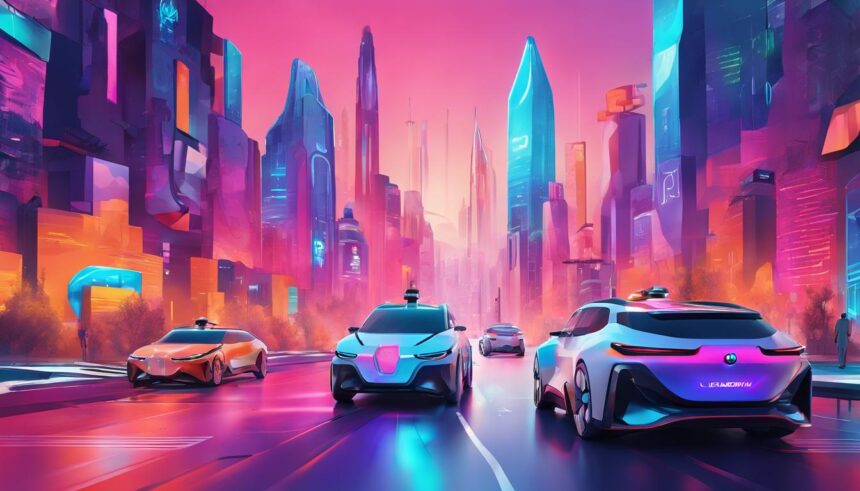Rapid advancements in levels 3 and 4 autonomous driving technologies, propelled by supportive policies in China, are setting the stage for the commercialization of intelligent vehicles, reshaping the global automotive industry.
Autonomous driving technology is rapidly advancing, with levels 3 and 4 (L3/L4) autonomous vehicles (AVs) standing on the cusp of widespread commercialization, particularly in China. The introduction of supporting policies in the latter half of 2023 has accelerated the development and deployment of these intelligent vehicles, signaling a significant shift in the automotive industry’s competitive landscape.
A recent research report highlights the trajectory of L3 and L4 autonomous driving advancements, noting that several major automotive brands and startups are spearheading this technology revolution. Among them, nine auto brands, including Deepal, Avatr, Seres, IM, Mercedes-Benz, BMW, Arcfox, BYD, and GAC, have acquired L3 autonomous driving road test licenses, showcasing the industry’s rapid evolution.
The transition from L2++ high-level driving assistance systems to L3/L4 autonomous driving is notable, driven by breakthroughs in core technologies such as advanced chips and sophisticated algorithms. This evolution has facilitated the collection of vast amounts of training data from various driving scenarios, crucial for honing autonomous driving systems.
Notably, the report outlines emerging business models and collaborations poised to democratize autonomous driving technologies. The “Iron Triangle” model—a strategic partnership among RoboTaxi companies, mobility platforms, and automakers—illustrates an effective ecosystem for promoting Robotaxi services. For instance, Pony.ai’s collaboration with automotive giants like Geely and Toyota underscores the synergy between technology providers and traditional automakers in propelling the large-scale commercialization of Robotaxi services.
Additionally, emerging carmakers are entering the Robotaxi arena, leveraging their autonomous driving capabilities and manufacturing prowess to offer cost-effective solutions that challenge existing aftermarket models. Xpeng’s Robotaxi initiative, based on its G9 model, exemplifies this trend by offering a competitively priced, fully developed autonomous driving solution.
The push for commercialization, however, is not without its challenges. Overseas, companies like Waymo and Cruise have faced setbacks, including safety concerns and regulatory hurdles. In contrast, China’s supportive policymaking environment and strategic industry collaborations have paved a more favorable path for the deployment of Robotaxi services. Policies encouraging the innovative development of intelligent connected vehicles and autonomous vehicle trial operations further bolster the industry’s growth prospects.
Moreover, the collaboration across the industry to develop and implement technologies, standards, and business models is imperative for realizing the full potential of autonomous driving. In the short term, the evolution of Robotaxi services will likely depend on the symbiotic relationship between mobility service operators and autonomous driving technology providers.
In conclusion, the autonomous driving landscape is at a pivotal point, with L3/L4 technologies heralding a new era of transportation. Through strategic collaborations, technological advancements, and supportive policies, the dream of fully autonomous vehicles is inching closer to reality, promising to reshape mobility in ways previously unimaginable.





